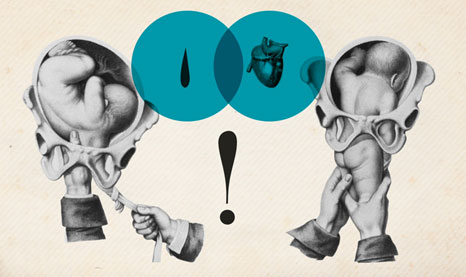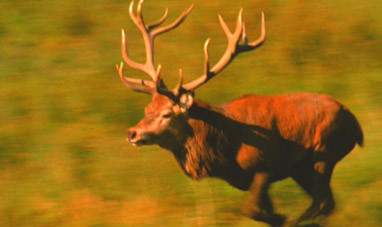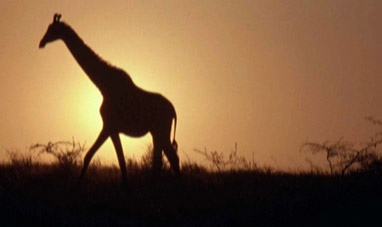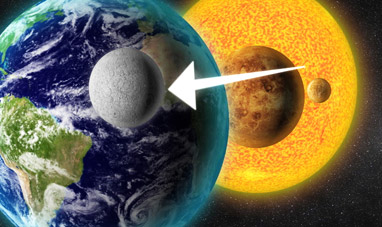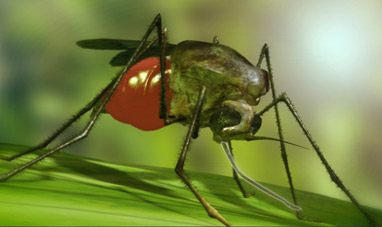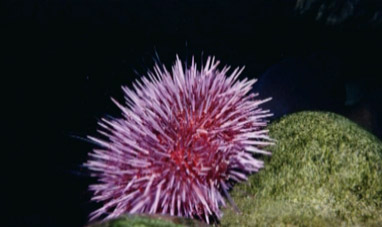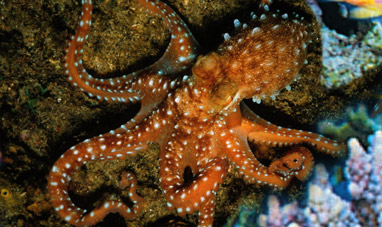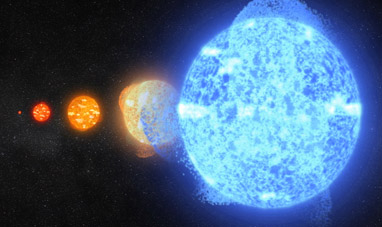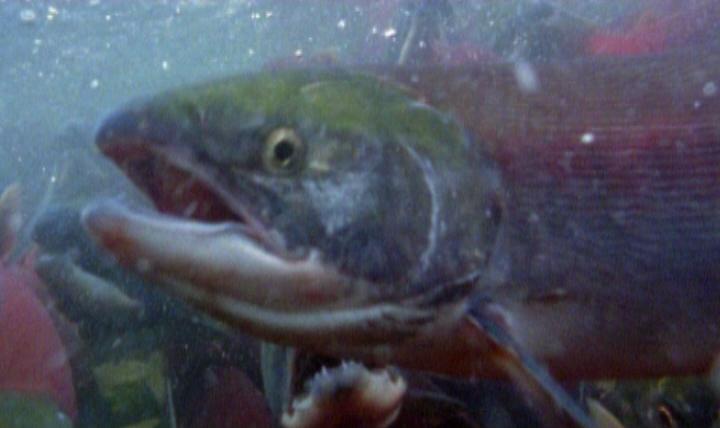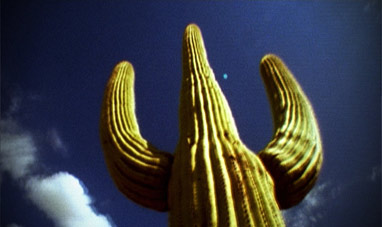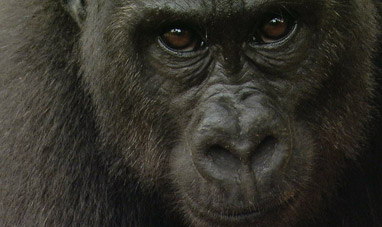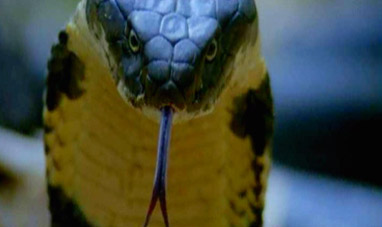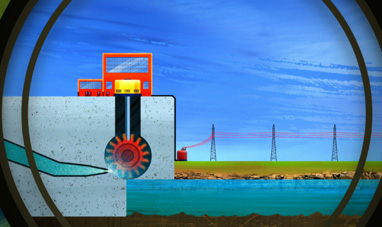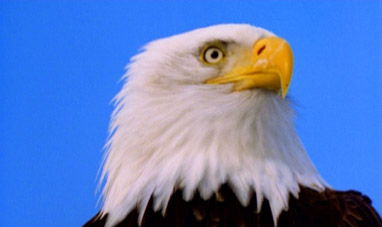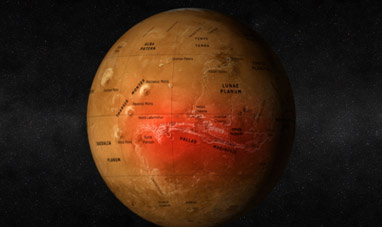The horse [ Equus caballus ] is an herbivorous mammal. It is native to the steppes of Asia Minor, but thanks to man, today, horses can be found living on all of the continents. In Mongolia, you can still find a breed of feral horses, Przewalski's horse [ Equus przewalskii]. However, in Australia and the United States, you can find horses that have returned to the wild. These are horses that have escaped from farms and over time have created generations of horses in the wild. Over the centuries, man has created about 200 different breeds of horses, some of which differ greatly in size. The Falabella breed can be up to 86.5 cm high at the withers and weigh up to 100 kg, while the Shire-Horse can be up to 185 cm high and weigh a ton. Their long legs allow the horse to reach the speed of 70 km / hr. A horse can sleep standing up. In fact, its brain has the ability to adjust the tension of the muscles in its legs even in a sleep state. However, when the horse falls into a deep sleep, its brain is no longer able to control the muscles in its legs and the horse is forced to lie down.
This is however only for short periods, as it is more tiring for the horse to lie down than it is to stand. In fact, when lying down the weight of its internal organs compresses its diaphragm, which causes difficulty in breathing. A horse gets its power from grass and, in lesser amounts, roots. During breeding, a horse is fed only hay and grain. In the wild, the horse is considered a prey animal. It defends itself primarily through its sense of sight. Its eyes, being on the sides of its head, give it a wide field of view. Thus, the horse is always in control of almost everything that surrounds it and can easily detect predators. Furthermore, to defend themselves against predators, they live in herds, usually led by a dominant male who lives at the center of the group. On the edge of the herd, live the horses that are more reluctant to submit to the authority of the leader. However, most horses today are domesticated. They do no fear predators and live an average of 20 years. Sexual maturity begins when females have reached the age of 2. The gestation period for a horse is between 10 and 12 months, and usually results in the birth of one foal.
After only 2 hours, the foal is already able to stand up. Man began to domesticate horses around 2000 BC. The strength, endurance and speed of the horse were valuable assets to man, who used it as a beast of burden. They were used as a means of locomotion or for military maneuvers. The horse also affected the structure of society. In ancient Rome, during the Middle Ages, the possession of a horse was the distinctive feature to the social class of the knights.
This is however only for short periods, as it is more tiring for the horse to lie down than it is to stand. In fact, when lying down the weight of its internal organs compresses its diaphragm, which causes difficulty in breathing. A horse gets its power from grass and, in lesser amounts, roots. During breeding, a horse is fed only hay and grain. In the wild, the horse is considered a prey animal. It defends itself primarily through its sense of sight. Its eyes, being on the sides of its head, give it a wide field of view. Thus, the horse is always in control of almost everything that surrounds it and can easily detect predators. Furthermore, to defend themselves against predators, they live in herds, usually led by a dominant male who lives at the center of the group. On the edge of the herd, live the horses that are more reluctant to submit to the authority of the leader. However, most horses today are domesticated. They do no fear predators and live an average of 20 years. Sexual maturity begins when females have reached the age of 2. The gestation period for a horse is between 10 and 12 months, and usually results in the birth of one foal.
After only 2 hours, the foal is already able to stand up. Man began to domesticate horses around 2000 BC. The strength, endurance and speed of the horse were valuable assets to man, who used it as a beast of burden. They were used as a means of locomotion or for military maneuvers. The horse also affected the structure of society. In ancient Rome, during the Middle Ages, the possession of a horse was the distinctive feature to the social class of the knights.



